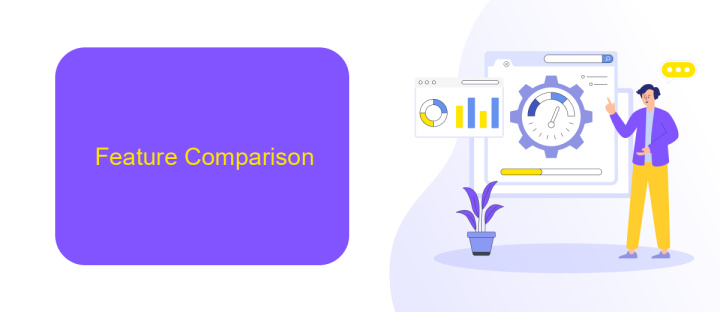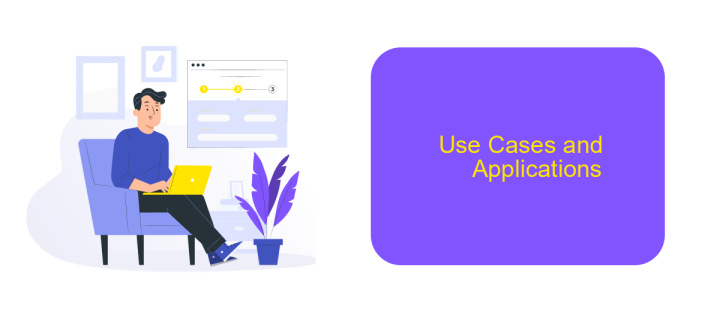Kafka Vs Tibco
In the realm of data streaming and messaging systems, Kafka and TIBCO stand out as prominent solutions. Both platforms offer robust capabilities for real-time data processing and integration, yet they differ significantly in architecture, performance, and use cases. This article delves into the key differences between Kafka and TIBCO, helping you choose the right tool for your business needs.
Introduction to Kafka and TIBCO
Apache Kafka and TIBCO are two prominent platforms used for real-time data streaming and integration. Kafka, an open-source stream-processing software platform developed by LinkedIn and now part of the Apache Software Foundation, is designed to handle high throughput and low latency. TIBCO, on the other hand, is a robust enterprise software company specializing in integration, analytics, and event-processing software for real-time business operations.
- Apache Kafka: Primarily used for building real-time data pipelines and streaming apps. It is scalable, fault-tolerant, and highly reliable.
- TIBCO: Known for its comprehensive suite of integration and analytics tools, TIBCO provides solutions for event-driven applications and real-time data processing.
Both platforms offer unique advantages depending on the specific needs of an organization. While Kafka excels in high-throughput data streaming, TIBCO provides extensive integration capabilities. For businesses looking to simplify their integration processes, services like ApiX-Drive can be beneficial. ApiX-Drive facilitates seamless integration between various applications, making it easier to manage data flows and automate business processes efficiently.
Feature Comparison

Apache Kafka and Tibco are both powerful tools for real-time data streaming and integration, but they have distinct features that cater to different needs. Kafka excels in high-throughput, low-latency environments, making it ideal for handling large volumes of data with minimal delay. It offers robust scalability and fault tolerance, ensuring reliable data processing even under heavy loads. Tibco, on the other hand, is known for its comprehensive suite of integration tools, which include advanced messaging and event processing capabilities. It provides a more versatile framework for complex enterprise-level integrations, supporting a wide range of protocols and standards.
When it comes to integration setup, tools like ApiX-Drive can simplify the process significantly. ApiX-Drive offers a user-friendly interface for connecting Kafka and Tibco with various applications and services, automating data flow with minimal manual intervention. This service can be particularly beneficial for businesses looking to streamline their integration efforts without extensive coding. While Kafka and Tibco offer powerful native features, leveraging ApiX-Drive can enhance their functionality, providing seamless connectivity and easier management of data pipelines.
Performance Evaluation

When evaluating the performance of Kafka and Tibco, several key factors come into play, such as throughput, latency, scalability, and fault tolerance. Kafka is known for its high throughput and low latency, making it ideal for real-time data streaming and large-scale message processing. Tibco, on the other hand, excels in enterprise-level integration, offering robust features for guaranteed message delivery and complex event processing.
- Throughput: Kafka generally offers higher throughput compared to Tibco, making it suitable for handling large volumes of data.
- Latency: Kafka provides lower latency, which is crucial for real-time applications, whereas Tibco may have slightly higher latency due to its comprehensive feature set.
- Scalability: Kafka's distributed architecture allows for easy horizontal scaling, while Tibco's scaling capabilities are more complex and often require additional configuration.
- Fault Tolerance: Both systems offer fault tolerance, but Kafka's replication mechanism provides a more straightforward approach to maintaining data integrity.
In conclusion, the choice between Kafka and Tibco largely depends on specific use cases and performance requirements. For real-time data streaming and high-throughput scenarios, Kafka is often the better choice. However, for enterprise-level integration and complex event processing, Tibco's robust feature set may be more advantageous. Tools like ApiX-Drive can further streamline integrations, making it easier to connect Kafka or Tibco with other systems.
Use Cases and Applications

Kafka and Tibco are both powerful tools, yet they serve different purposes and excel in distinct use cases. Kafka is primarily used for real-time data streaming and event-driven architectures, making it ideal for applications that require high-throughput and low-latency data processing. Tibco, on the other hand, is known for its robust integration capabilities and is often employed in complex enterprise environments where seamless connectivity between various systems is crucial.
For instance, Kafka is commonly used in scenarios such as log aggregation, real-time analytics, and stream processing. It is also a popular choice for building scalable microservices architectures. Tibco, however, finds its strength in financial services, supply chain management, and healthcare, where reliable and secure data exchange is paramount.
- Kafka: Real-time data streaming, event sourcing, log aggregation.
- Tibco: Enterprise application integration, business process management, data synchronization.
When it comes to setting up integrations, services like ApiX-Drive can simplify the process for both Kafka and Tibco. ApiX-Drive offers a user-friendly interface for connecting various applications, ensuring that data flows seamlessly between systems. This can be particularly useful for businesses looking to leverage the strengths of both Kafka and Tibco in their operations.
Conclusion
In conclusion, both Kafka and Tibco offer robust solutions for data streaming and integration, each with its unique strengths. Kafka excels in handling large-scale, high-throughput data streams, making it ideal for real-time analytics and big data applications. On the other hand, Tibco provides comprehensive integration capabilities, especially for enterprises needing reliable, low-latency messaging and complex event processing.
Choosing between Kafka and Tibco ultimately depends on your specific needs and existing infrastructure. For organizations requiring a versatile and user-friendly integration tool, ApiX-Drive can be an excellent complement to either platform. It simplifies the process of connecting various services and automating workflows, ensuring seamless data flow and operational efficiency. By leveraging the strengths of Kafka, Tibco, and ApiX-Drive, businesses can create a powerful and adaptable data integration ecosystem.
FAQ
What are the key differences between Kafka and Tibco?
Which one is better for real-time data processing?
How do Kafka and Tibco handle fault tolerance?
Is it possible to integrate Kafka and Tibco in a single ecosystem?
Which one is easier to set up and manage?
Apix-Drive is a universal tool that will quickly streamline any workflow, freeing you from routine and possible financial losses. Try ApiX-Drive in action and see how useful it is for you personally. In the meantime, when you are setting up connections between systems, think about where you are investing your free time, because now you will have much more of it.

